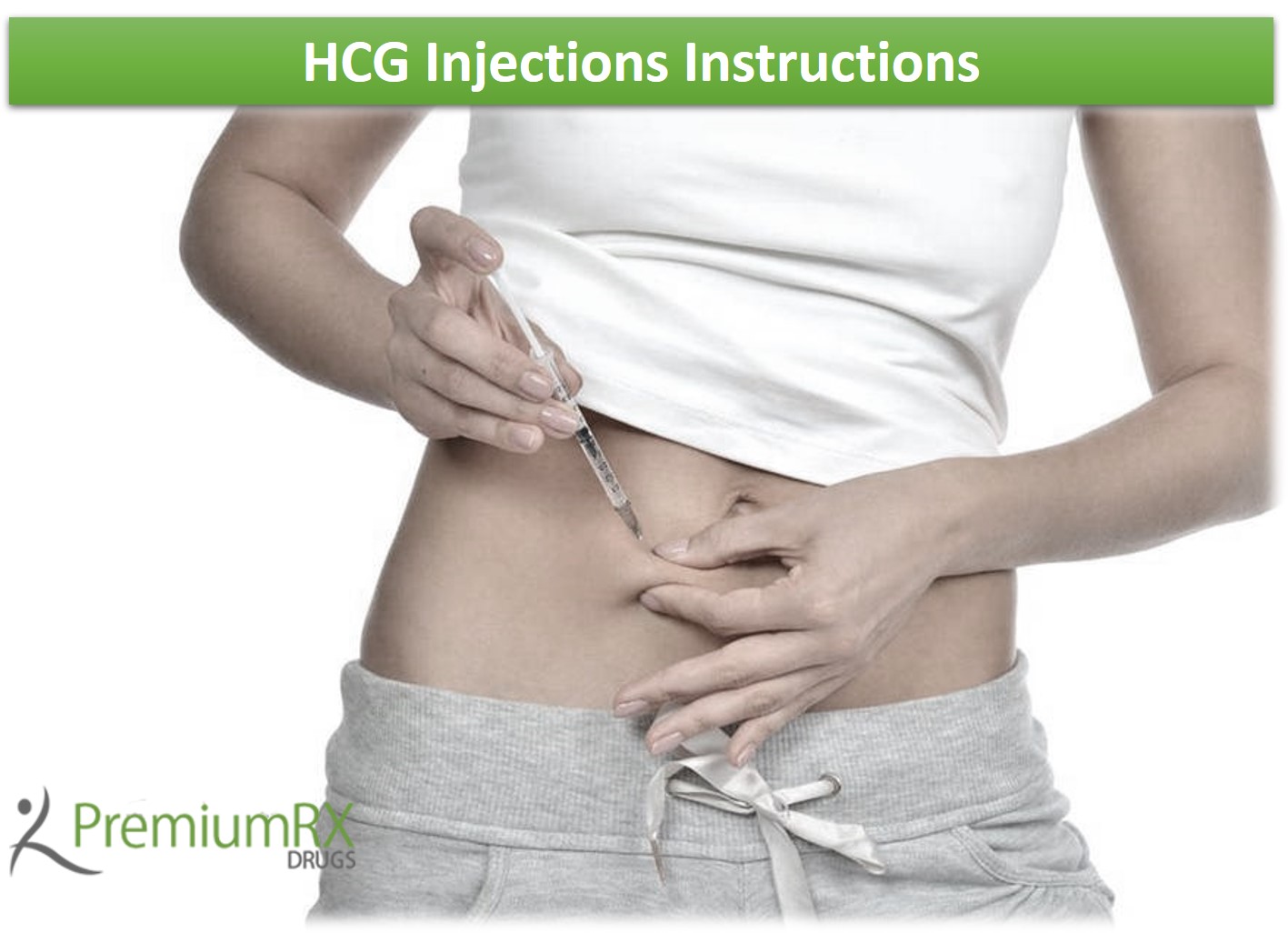The type of procedure for injecting gonadotropins varies with the type, dosing, and timing of ovulation induction. The protocol largely depends on the situation of the person and preferences of the clinician. The instructions given below are an example and may differ from which your doctor gives you.
HCG injections for women
- The first day of your menstrual cycle is referred to as the first day of the cycle. There is a great possibility that your healthcare provider will ask you to come on the first day of the cycle to schedule an appointment for taking your blood tests and performing an ultrasound.
- On days 3 to 5, your healthcare professional may ask you to undergo a blood test to examine your hormone levels and also schedule a pelvic ultrasound to ensure that large pre-existing cysts are not there in your ovaries. He will instruct you about the dose and will make you aware of the timings of your first injection based upon the results of these tests.
Different women respond differently to gonadotropin injections. Some women require only small doses of gonadotropins while other women require large doses of the same. In case of an average patient, the greater the dose of the gonadotropins, the greater the possibility of fertility. Most healthcare providers choose to initiate with small doses of gonadotropins.
- In most cases, your doctor will give you an injection of gonadotropins once everyday, in the evening. The injections are suitably given under the skin.
- After a few days of injections, your doctor will ask to have a pelvic ultrasound to examine follicle growth in your ovary, and possibly a blood test to determine your hormone levels. Depending upon the results of these tests, the gonadotropin dose may be increased or decreased. Blood testing and pelvic ultrasound may be repeated three or more times during a cycle.
- For women who do not ovulate on their own, the goal is to have one follicle that is approximately 15 to 18 mm in size. If three or more follicles (greater than 15 mm each) are seen, the cycle may be cancelled due to the risk of becoming pregnant with twins, triplets, etc. In some situations, the cycle may be converted to in vitro fertilization (IVF), so that the clinician can control the number of embryos that are placed in the uterus.
If the cycle is cancelled, you should stop the injections and follow up with your healthcare provider.
- When blood testing and ultrasound measurements positively show that the follicle is ready; your healthcare provider will give you HCG injection to prompt ovulation. HCG or human chorionic gonadotropin is usually injected under the skin in the evening.
- Some women will be instructed to have intercourse at a particular time the following day. In other cases, intrauterine insemination (IUI) will be recommended.
Human chorionic gonadotropin (HCG) injections for men
Human chorionic gonadotropin (HCG) works by prompting the testes to produce testosterone and sperm.
Treatment of infertility using Human chorionic gonadotropin (HCG) injections requires 1500 to 2000 IU, about three times a week for a period of upto six months. Your blood testosterone levels will be examined from time to time by and adjusted if needed by your doctor.
Marie
Latest posts by Marie (see all)
- Guide for Careprost as Eyelash Enhancer – Benefits, Usage, Side Effects - July 3, 2025
- Eptoin 50mg Uses, Precautions and Side Effects - July 1, 2025
- Eyelash Goals Unlocked: Why Careprost Is the Ultimate Solution. - June 30, 2025




